As technology continues to evolve, we’re seeing incredible advancements with the potential to reshape our future in ways we could only imagine. These innovations promise to make our lives more efficient, secure, and sustainable. Each of these offers unique solutions to some of today’s biggest challenges, from energy storage to accessible healthcare. As we explore these breakthroughs, it’s clear that the future holds transformative possibilities that could change how we work, live, and interact with the world around us.
Quantum Computing
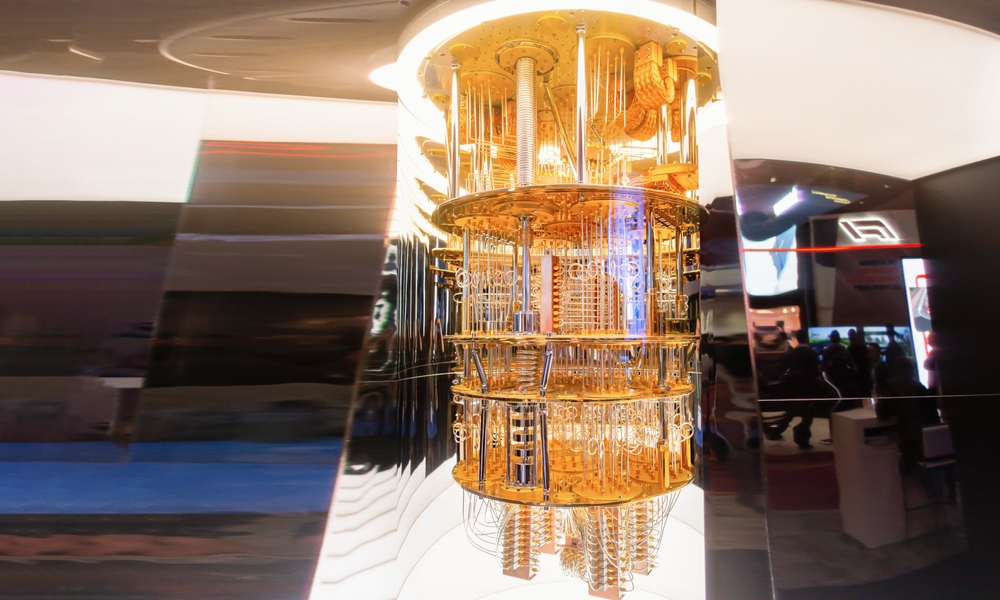
Quantum computing is a transformative technology that harnesses the principles of quantum mechanics to solve problems beyond the reach of traditional computers. It leverages quantum states like superposition and entanglement, enabling operations at incredible speeds. IBM, Google, and other leaders are racing to develop quantum processors, hoping they’ll soon solve complex issues in climate modeling, drug discovery, and cryptography. Unlike binary computing, which processes bits as 0s or 1s, quantum computers use qubits that can represent both values simultaneously, vastly increasing processing potential. Early quantum computers already show promise in chemical simulations and financial forecasting, albeit on a limited scale. Researchers predict these machines could handle complex simulations crucial for breakthroughs in material science and medicine. As this technology matures, it could eventually become a backbone of innovation across multiple industries. Quantum computing’s real-world applications are still emerging, but experts believe it will revolutionize fields requiring high-complexity problem-solving.
Smart Cities

The concept of smart cities envisions urban centers fully integrated with Internet of Things (IoT) devices to streamline city services and resources. By connecting systems across transportation, energy, and infrastructure, smart cities can optimize daily operations, reduce energy waste, and improve quality of life. Singapore and Barcelona are already adopting elements of smart city technology, employing sensors, data analytics, and AI-driven infrastructure to manage traffic and public services. This technology can aid in predictive maintenance for infrastructure, decreasing repair costs and minimizing outages. Additionally, environmental monitoring systems in smart cities can help reduce pollution levels and make real-time adjustments for cleaner air. Future urban planning aims to harness AI to design more sustainable, livable spaces in densely populated areas. Smart cities offer a glimpse into a future where data-driven insights fuel efficiency, paving the way for safer, more resilient urban environments.
Autonomous Vehicles
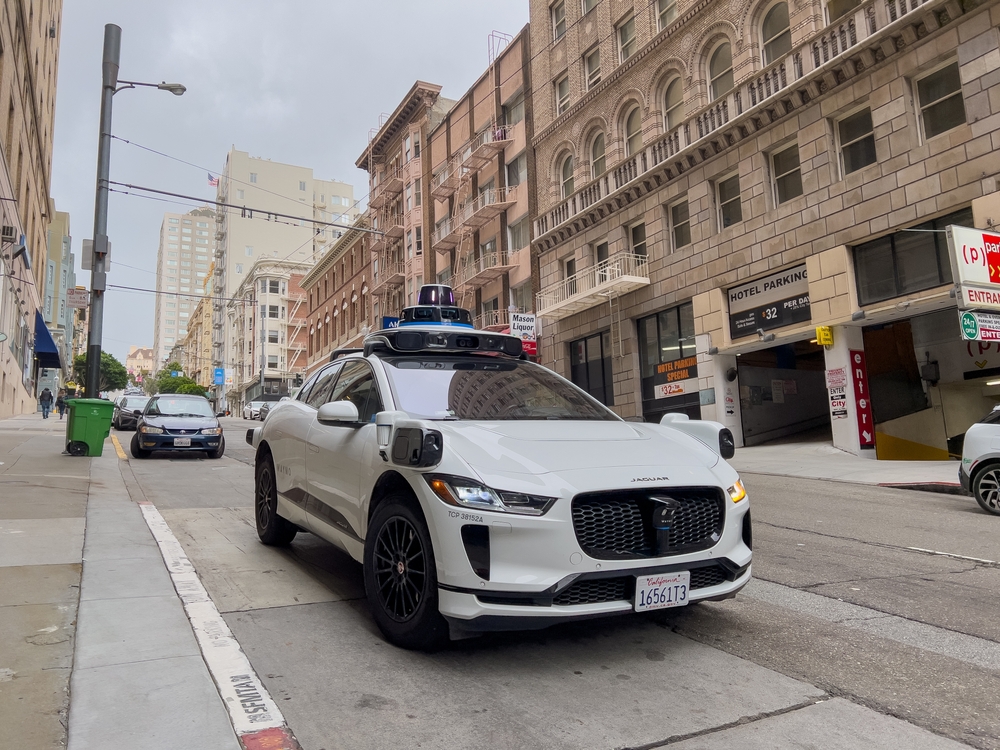
Autonomous vehicles have the potential to redefine transportation, safety, and energy consumption in urban and rural areas alike. Major automotive manufacturers, along with tech giants like Tesla and Waymo, are pushing advancements in self-driving car technology, aiming to make fully autonomous vehicles a practical reality. They are powered by AI, cameras, sensors, and LiDAR technology that allow them to navigate roads, avoid obstacles, and make real-time driving decisions without human intervention. The adoption of autonomous vehicles could significantly reduce traffic accidents caused by human error, which currently accounts for most road fatalities. Additionally, self-driving cars can decrease congestion and fuel consumption by optimizing routes and speeds. By integrating these vehicles into smart city infrastructures, urban planners envision a reduction in traffic jams and improved mobility for individuals with disabilities. Though regulations and public trust remain hurdles, autonomous vehicles promise to be a major component of future transportation systems.
3D-Printed Organs
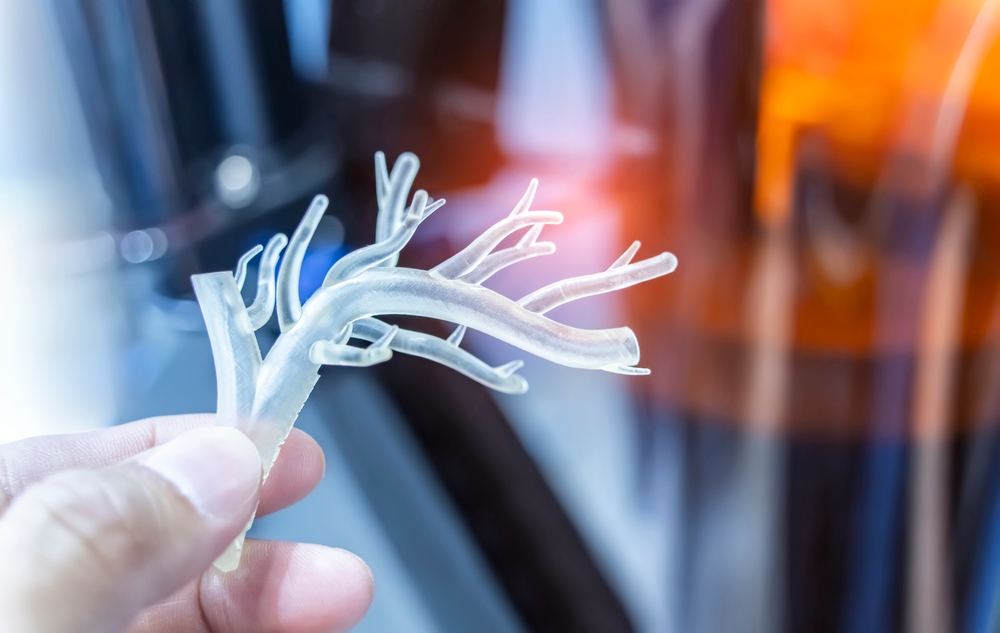
3D printing technology has advanced to the point where it can now create intricate biological structures, such as human tissues and organs. Researchers and biotech companies like Organovo are pioneering efforts to develop 3D-printed organs for transplantation, potentially addressing organ shortages. This technology uses bio-inks made of living cells to print structures layer by layer, mimicking the natural composition of tissues. While complete organs are not yet ready for transplant, scientists have successfully printed skin, liver, and heart tissues, showing great promise in medical research and drug testing. The ability to print organs on demand could revolutionize medicine by reducing the need for donors and eliminating organ rejection risks. As 3D-printed organs evolve, they may lead to breakthroughs in regenerative medicine, providing personalized organ replacements based on a patient’s unique cellular makeup. This approach could drastically change how we treat organ failure, making lifesaving treatments more accessible.
Exoskeletons

Exoskeletons, once the domain of science fiction, are now becoming reality in both military and medical fields. These wearable robotic devices augment the user’s physical abilities, allowing them to lift heavy weights or walk with increased stability. Companies like ReWalk and Ekso Bionics have developed exoskeletons for rehabilitation, assisting patients with mobility issues to regain movement after injury. In industrial applications, exoskeletons can reduce worker strain, improving safety and productivity. Militaries worldwide are also investing in this technology, enabling soldiers to carry heavy loads over long distances with reduced fatigue. Exoskeletons are designed to be energy-efficient, often incorporating AI to adapt to the user’s movements, making them a seamless extension of the body. The potential for exoskeletons in daily life is vast, promising to aid workers, improve healthcare outcomes, and even extend physical capabilities for elderly populations. With continued development, these devices could redefine physical labor and rehabilitation.
Floating Farms
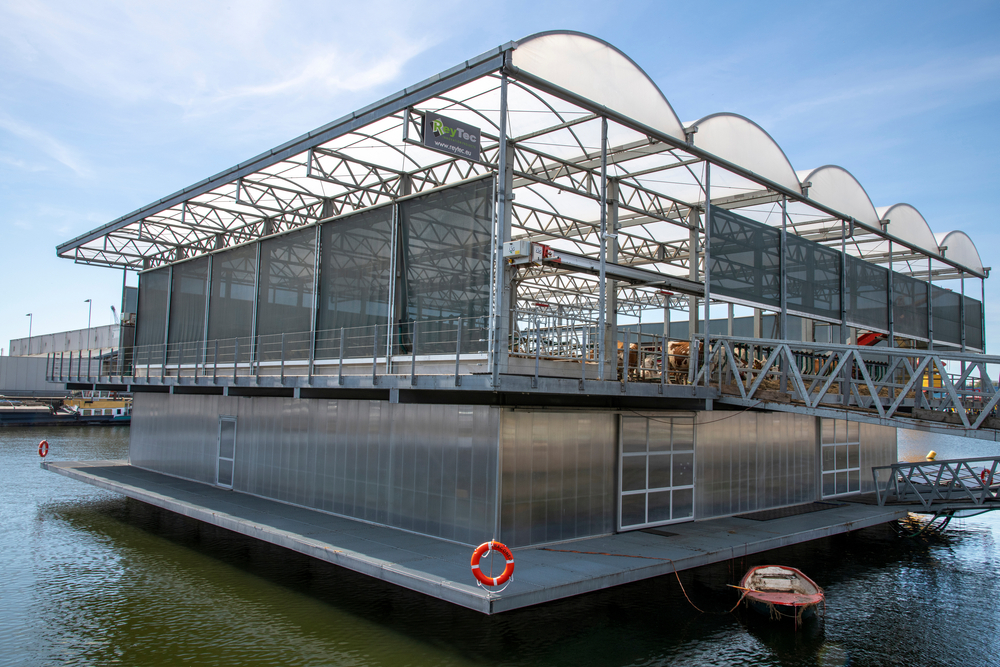
Floating farms represent an innovative solution to the challenge of feeding a growing global population in the face of diminishing arable land. These farms, often built as multi-layered structures on water, grow crops hydroponically and are powered by solar energy. Pioneering projects in countries like the Netherlands have demonstrated the feasibility of producing food on water bodies, reducing dependency on traditional farmland. They utilize nutrient-rich water solutions instead of soil, conserving resources while maximizing crop yields. By enabling food production on coastal and urban water bodies, these farms can help meet rising food demands without encroaching on natural green spaces. They also reduce the carbon footprint associated with transporting food over long distances by bringing production closer to consumers. With climate change impacting food security worldwide, floating farms offer a sustainable approach to agriculture that aligns with future urban planning.
Robotic Guide Dogs
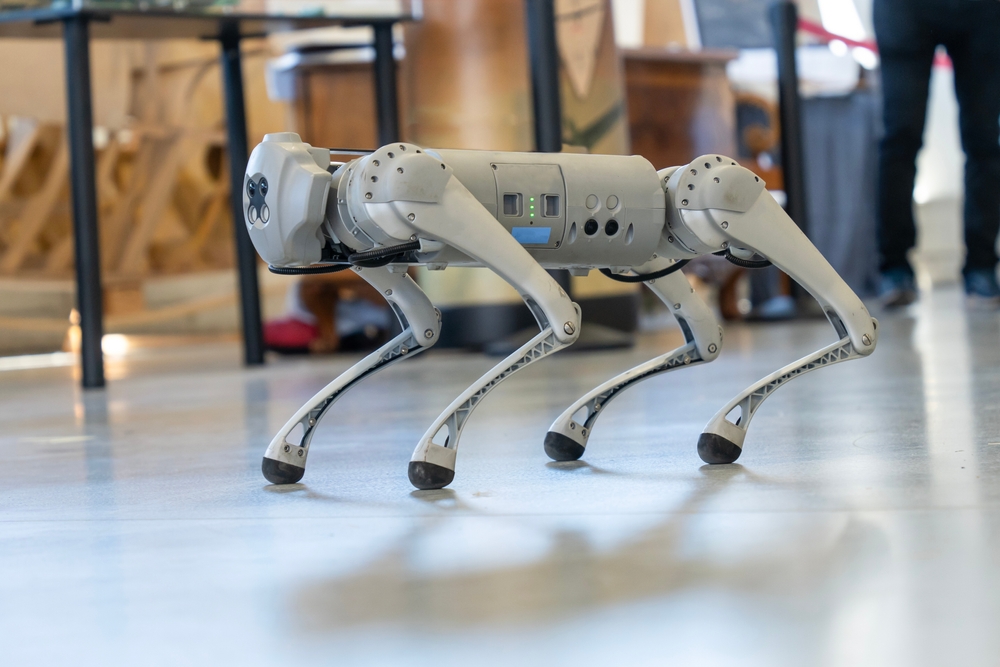
Robotic guide dogs provide an alternative to traditional guide dogs for visually impaired individuals who cannot accommodate a live animal. Developed by researchers at Loughborough University in the UK, these robots use sensors and AI to assist with navigation and obstacle avoidance. It can process real-time data to plot safe paths, adapting to changes in the environment like crosswalks and busy streets. It offers advantages over real dogs, such as longer operational hours and no need for care or feeding. Additionally, it can connect to GPS systems, providing enhanced navigation capabilities and additional safety features. This technology is particularly beneficial in urban areas where mobility is more challenging due to dense traffic. Robotic guide dogs have the potential to improve accessibility, offering independence to visually impaired users. As development continues, these robots could become a more common mobility aid, complementing traditional guide animals.
Biometrics for Security

Biometric security systems use unique biological markers such as fingerprints, facial recognition, and voice patterns to verify identities. Unlike traditional passwords, which can be easily stolen or guessed, biometric data is far more secure and difficult to replicate. Technologies from companies like Apple and Google have already introduced biometrics in smartphones, while government agencies utilize them in border control and law enforcement. As cybersecurity threats increase, biometrics offer a robust solution for protecting sensitive information, both personal and corporate. These systems are particularly valuable in financial sectors, where secure access is essential for transactions. The widespread adoption of biometrics could make password-based systems obsolete, minimizing data breaches and improving overall security. In the future, multi-factor biometric systems combining different markers may provide even greater accuracy, reducing the risk of identity theft. This technology is poised to transform digital security, making personal data safer in an increasingly connected world.
Blockchain
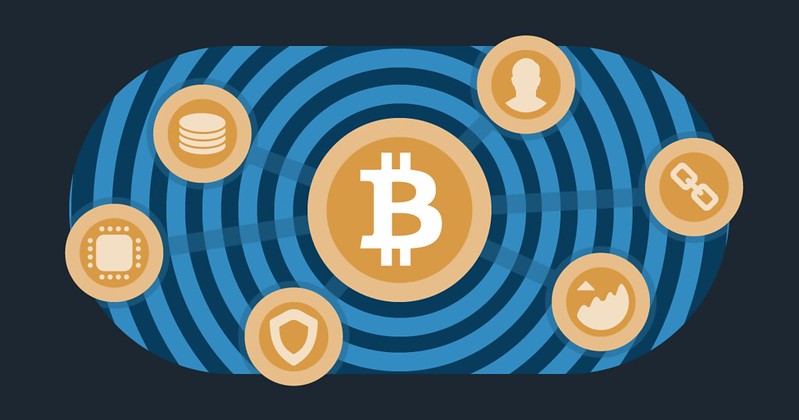
Blockchain technology creates a decentralized, immutable ledger that securely records transactions across multiple nodes. Initially developed as the backbone for cryptocurrencies like Bitcoin, blockchain’s applications have expanded to various fields, including finance, healthcare, and supply chain management. Its design ensures that once data is entered, it cannot be altered or deleted, enhancing security and transparency. Companies are exploring it for secure medical record storage, voting systems, and even digital identity verification. Blockchain’s decentralized nature also makes it resilient against tampering, providing trust in industries where data integrity is paramount. As more organizations adopt blockchain, it could fundamentally change how we handle transactions, data sharing, and digital assets. This technology promises a future where transparent, secure transactions are standard, with applications beyond cryptocurrency in areas like real estate and intellectual property.
Augmented Reality (AR)
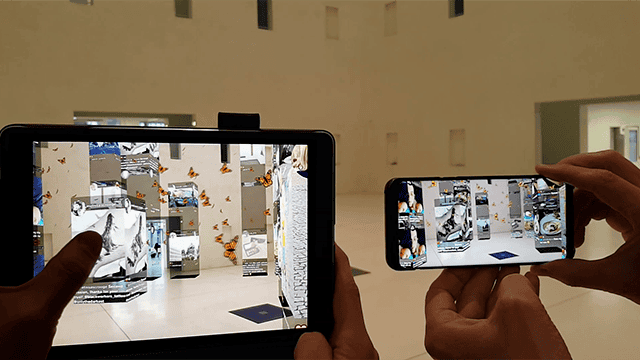
Augmented Reality (AR) technology overlays digital elements onto the real world, creating interactive environments for education, entertainment, and training. Companies like Apple and Google have made significant strides in AR development, with apps that allow users to interact with virtual objects through their smartphones or AR glasses. In education, it can provide immersive experiences, making complex subjects like anatomy and astronomy more accessible. It is also transforming fields like retail, where customers can visualize products in real time before making purchases. The technology is particularly valuable for training simulations in medicine, manufacturing, and the military, providing safe environments to practice high-stakes tasks. As hardware becomes more affordable and user-friendly, its integration into daily life is expected to increase. It offers a new layer of digital interaction, bringing innovative solutions to various industries and enhancing our connection to the digital world.
This article originally appeared on Rarest.org.
More from Rarest.org
15 Bizarre Geological Features Found in Remote Regions

The world is filled with incredible natural wonders, but some of the most fascinating geological features are those tucked away in remote corners of the globe. These bizarre landscapes, shaped by millions of years of natural forces, captivate with their unusual formations and striking beauty. Read More.
17 Brilliantly Colored Frogs and Amphibians That Stand Out in Nature
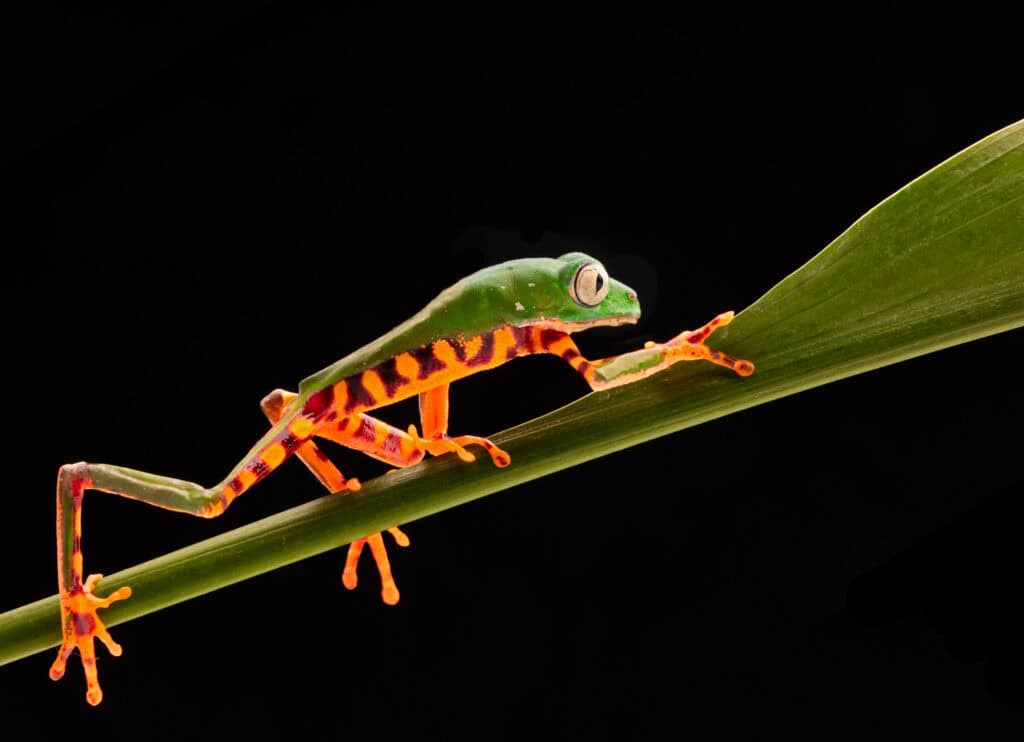
Nature is full of vibrant colors, but few creatures display them as boldly as frogs and amphibians. These animals often use their bright hues for protection, signaling danger to predators or blending into their colorful environments. Read More.
20 Exotic Birds With Stunning Plumage Found in Remote Islands

The world’s remote islands are home to some of the most exotic and visually stunning birds on the planet. These unique species often develop vibrant plumage and fascinating behaviors, thriving in isolated habitats far from human disturbance. Read More.
